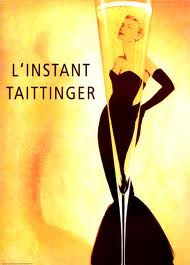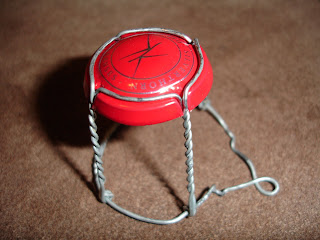
Why does Champagne have such an irresistible allure? Personally I need no further justification other than that Champagne is quite simply the ultimate flavour sensation - a magical burst of elegance, finesse and complexity all in perfect harmony. This would naturally be far too subjective an opinion so lets examine more tangible reasons:
Champagne is universally synonymous with celebration, luxury and opulence. Much of this, no doubt, is the result of the cleverest and most sustained advertising campaign in the history of wine, but some of it, at least, is to do with the nature of the wine itself. Does Cap Classique have similar credentials?
Champagne first gained international attention for its association with the historical anointment of French kings in Reims. In South Africa Graham Beck Brut was served at the 1994 inauguration of Nelson Mandela and went on to claim international fame by being part of Barack Obama's inauguration festivities in 2009.
There is no better way to celebrate a victory than by cracking open a bottle of Bubbly! Napoleon summed it up perfectly " Champagne! In victory one deserves it, in defeat ones needs it" From the winners podium of F1 racing to the winning of most major sporting events the celebratory burst of Champagne is ever present and always essential.
Traditionally Champagne is used to launch and name ships, not forgetting the Christening of a baby. Its difficult imagining a bottle of Bordeaux breaking on the bow of ocean liner as it launches off the slipway.
No social celebration or party would be as much fun without Champagne - how many millions of New Years party count downs through the eons have culminated with the joyful burst of Champagne.
Champagne is one of the most powerful symbols of France's status as a producer of quality products. Champagne is without doubt a brand in itself. Winston Churchill recognised this so clearly when he said "Remember gentlemen, it is not just France we are fighting for, its Champagne!"
One of the most long lasting associations between popular culture and Champagne belongs to James Bond. In a count of 22 films 34 references are made to the suave 007 agent drinking prestige cuvees 17 of which were Bollinger and 7 Dom Perignon.
When it comes to food there can be no more an opulent match than the finest Beluga caviar and Champagne both quintessential flavours fit for a king.
In essence Champagne is more than just a wonderful sparkling wine, it is a brand in itself and if you don't have Champagne then Cava, Sekt, Spumante and here in good old South Africa, Cap Classique are all worthy substitutes.






